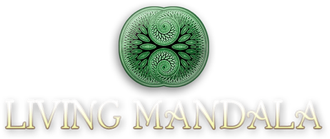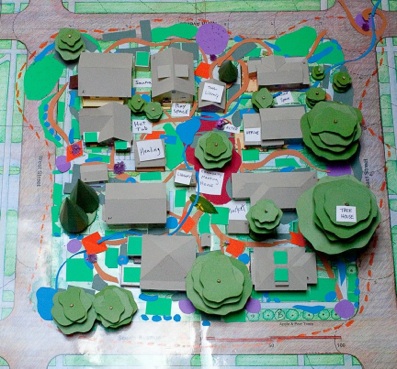








Home | About Us | Contact Us | Store

2008, Living Mandala
creative services by: 360 Degrees
In Association With
Planet Repair Institute
Communitecture
Evolver
Instructor
Mark Lakeman
& Special Guests
Course Overview
The places where we live will be as fulfilling and abundant as we decide. Though much appears out of balance on our path to resilience, we actually have all that we need to transform the conditions of our lives, to repair, rebalance, and restore the our neighborhoods, towns and cities where we live. This on-line course is for any person who wants to inspire and guide their own community to create places for gathering, localized food, energy, and water systems, invisible structures that sustain collaboration, and community-based visions for reconsidering and repairing every scale of community habitat.
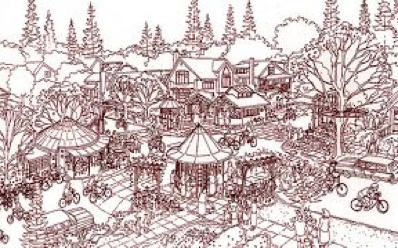
Course Description
Over 50% of the world's population now lives in urban centers and the number is growing. Adopting strategies to meet our needs in a sane and ethical way is critical. In this workshop, we will learn how to design and implement strategies which can transform your life, your neighborhood, your city, and the world!
This workshop will present urban permaculture strategies that anyone can use to transform their local and regional circumstance. From inspiring participation by local communities to engaging elected leadership and bureaucracies, we will provide experienced insight about how to increase cultural development and creative activity while diminishing ecological impacts. We will refer to various City Repair-style project initiatives that have been successfully tested in the field. These will include Intersection Repair street transformations, Block Repair retroactive village-making on typical semi-urban blocks, large scale simultaneous local activations such as the Village Building Convergence model, as well as ephemeral interventions that are celebratory and socially based. We will look at the big picture that you can affect at the local scale, and then drill down into details about how to organize people and implement projects while having the time of your life!
Each session in the series will begin by introducing the content, and then we will engage dialogue on the subject. We will always close with next steps for series participants to undertake before the next session so that they can report in. Each session concludes with an assignment, usually concerning observation or action related to the topic of the day. It could also include drawing, design, or technical exercises.
Session Dates & Times
6 Sessions, Wednesdays (bi-weekly), July 31 - Oct 9, 2013
3:30 p.m. San Francisco • 6:30 p.m. New York
-
•July 31 - session 1
-
•Aug 7 - - session 2
-
•Aug 21 - session 3
-
•Sept 11 - session 4
-
•Sept 25 - session 5
-
•Oct 9 - session 6
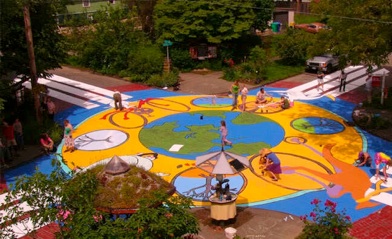
City Repair & the Village Building Convergence
City Repair is an organized group action that educates and inspires communities and individuals to creatively transform the places where they live. City Repair facilitates artistic and ecologically-oriented placemaking through projects that honor the interconnection of human communities and the natural world. The many projects of City Repair have been accomplished by a mostly volunteer staff and thousands of volunteer citizen activists. City Repair began in Portland, Oregon with the idea that localization - of culture, of economy, of decision-making - is a necessary foundation of sustainability. By reclaiming urban spaces to create community-oriented places, we plant the seeds for greater neighborhood communication, empower our communities and nurture our local culture. Their projects include the annual Village Building Convergence, where people gather at neighborhood sites throughout Portland to engage in intersection repair, natural building, and other forms of placemaking.

Intersection Repair
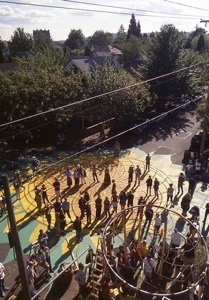
How do you create a public square out of an intersection?
The community works together to make the place special. They make it a place where people want to go to, where they feel safe and welcome. They make it beautiful and interesting. They make it meaningful, an expression of their own local culture.
Is it just painting the street, or something more?
Each Intersection Repair project is the work of neighborhood residents. It is the people who live in the neighborhood who decide that they want the public square, what it will look like, how it will function and how it will develop. One neighborhood may paint a giant mural on the intersection and stop there. Another may go through many phases: painting the street, installing a community bulletin board, building a mini-cafe on a corner, reconstructing the intersection with brick and cobblestones, opening businesses to make it a village center… and on and on!
Contact
For questions and more information regarding the course
e-mail: education(at)livingmandala.com or
call: (707) 634-1461
Tuition & Registration
Village Builder - $195 (Stand in your abundance and support the true cost of this course and this good work!)
Standard / Supplemented - $129
Early Bird - $99 (available until July 17)
-
*There will be a small registration fee in addition to the above prices.
To Register for the On-Line Course Click Here.
Recordings Available! Start Anytime!
Can’t make all the dates, or joining late? No Problem! Each session will be recorded and will made available for participants to review afterwards So if you sign-up late, miss a session, or just want to review one - you can at anytime.
On-Line Course? How Does it Work?
In this on-line course format, you can participate by calling in from your computer (like a skype call) or by calling in from a phone. You can connect via a computer via internet to a live virtual classroom hosting a live webcam of the instructor, chat, notes, screen sharing, whiteboard, and many other features which we will utilize throughout the course.
Redesigning the Commons Weekend Intensive With Mark Lakeman: Oct 24 - 26, 2013
Want more? Join us for an in person weekend intensive with Mark lakeman on Re-Designing the Commons at the Venture Greenhouse in San Rafael, CA, Oct 24 - 26, 2013. For More Information & Registration Click Here.
The Colonial Grid - What’s Wrong With This Picture?
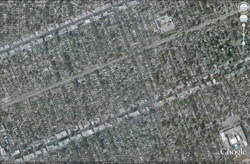
In cities based on the grid plan, it is much easier for people to feel isolated and not know their own neighbors. The neighborhood places for communication and gathering that develop naturally in non-grid cities must be specifically planned for in grid cities.
Placemaking - the Alternative
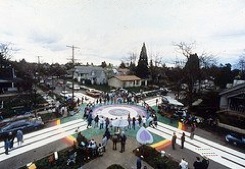
Placemaking touches upon deeper societal issues and contributes to participatory democracy. As the process of developing a community place proceeds; people develop deeper relationships and more energy to create together because they live together. Creating a common ground that transcends the differences among people powerfully addresses this isolation and creates an environment where people feel like they can do anything they set their collective minds to.
Major Elements of Placemaking:
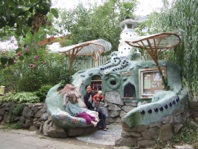
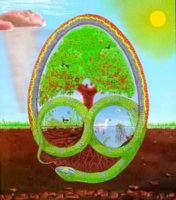
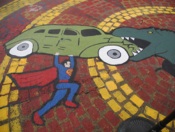


Instructor
Redesigning the Commons
Urban Transformation, Placemaking, & Village Building
On-Line Course With Mark Lakeman & Special Guests
6 Sessions, Wednesdays (bi-weekly), July 31 - Oct 9, 2013
3:30 p.m. San Francisco • 6:30 p.m. New York
Mark Lakeman
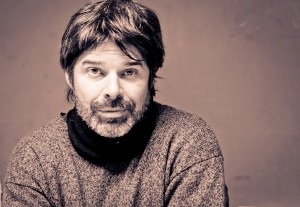
Mark Lakeman is the co-founder of the non-profit placemaking organization The City Repair Project, and principal of the community design firm Communitecture. Mr. Lakeman has taken on the role of creative urban place-maker and community design facilitator in his commitment to the emergence of a sustainable cultural landscape. He seeks to make every design project one which will further the development of a community vision, whether it involves urban design and placemaking, ecological building, encourages community interaction, or assists those who typically do not have access to design services. His leadership in the City Repair Project has benefited communities across the North American continent including cities such as Los Angeles, Seattle, and Ottawa where City Repair Projects are underway.
Stories of Mr. Lakeman’s projects have been told widely, including in such publications as Dwell, Architecture Magazine, New Village Journal, Yes magazine, and The Utne Reader. With City Repair, in 2003 Mark was awarded the National Lewis Mumford Award by the international organization Architects & Planners for Social Responsibility for his work with Dignity Village, one of the United States’ first self-developed, permanent communities by and for previously homeless people.
Affiliate Organizations & Sponsors
Become a sponsor or affiliate of this course!
For details email: sponsors@livingmandala.com
